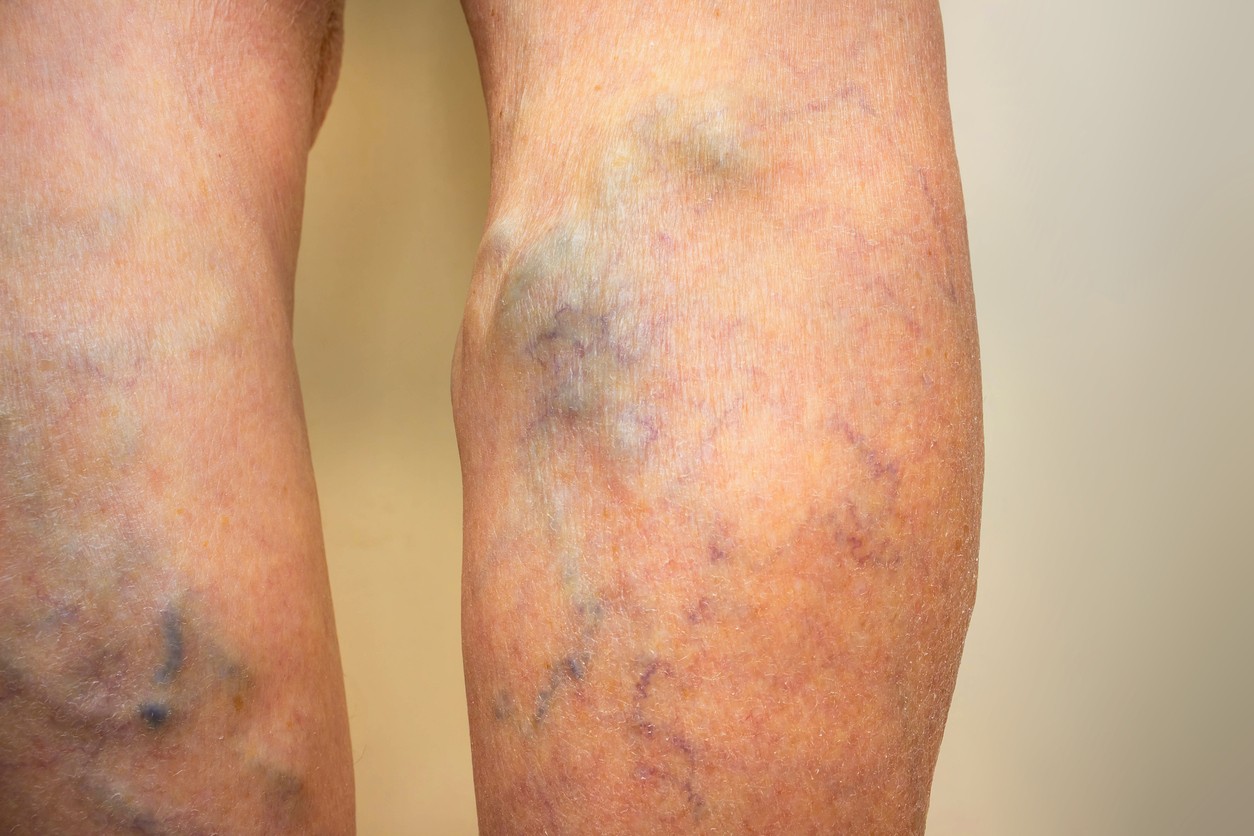Varicose veins alone affect 40 million Americans each year. Spider veins and other types of disordered veins affect millions more. At Venus Vein Clinic in Omaha, NE, we have heard a lot of misinformation about what vein specialists do. Today, we set the record straight and explain exactly what it is that vein doctors do to treat disordered veins.
What Treatments to Expect From Vein Doctors
1. Radiofrequency Ablation
Radiofrequency ablation is a fairly popular varicose vein treatment because you often only need one treatment session to achieve your desired results. This state-of-the-art treatment is used to correct the root cause of venous lesions rather than just treating the symptoms. During radiofrequency ablation, Dr. Schroeder makes a tiny incision and gently inserts a small catheter, which delivers heat to the venous walls.
This treatment is safe, effective, and has almost no downtime, and it is more comfortable than more invasive alternatives. To determine if you are a good candidate for radiofrequency ablation, we strongly recommend coming in for a consultation with one of our vein doctors to discuss your health, wellness and aesthetic goals.
2. Venaseal Ablation
Venaseal is a relatively new technology used to seal off varicose veins with the power of a medical-grade adhesive. This adhesive can be used to close off any integral venous lesions causing surrounding veins to become varicose. It targets the primary saphenous vein found in the thigh. Over time, the surrounding tissue absorbs the sealed off vein and your aesthetic improves. One of the primary reasons vein doctors love this treatment method is there is no downtime required.
There is no risk of nerve damage or heat damage to the surrounding tissue. You do not need to wear a compression garment after treatment, and you can go straight back to nearly all of your daily activities immediately after treatment. If your varicose veins are causing you such symptoms as pain, itching, tingling, heaviness, numbness, uncomfortable swelling or changes to the color of your veins or skin, you’re probably an excellent candidate for Venaseal ablation.
3. Sclerotherapy for Spider Veins
Sclerotherapy is one of the most popular treatment methods for spider veins and smaller varicose veins. It has been performed and perfected for the past 70 years and is now safer and more effective than ever before. Sclerotherapy involves using a saline solution to agitate the disordered veins. Once the targeted vein breaks down and collapses, your body will naturally reroute the blood to healthier veins nearby.
Treatment sessions only last around 15 to 30 minutes depending on how many veins you’re trying to treat, where they’re located and how large they are. You will notice that your veins have been absorbed by surrounding tissue within three to six weeks of treatment if smaller veins are being treated. If you’re treating larger veins, you may need to wait three to four months to see the results of treatment.
4. Varithena
Varithena is similar to sclerotherapy in that it involves the injection of a sclerosant (irritating agent) into the affected venous wall. This FDA-approved vein treatment uses a microfoam to irritate the vein walls and can be used to treat nearly all types of varicose veins. This includes varicose veins both above and below the knee, those that do not respond to alternative treatment methods, those that range from small to large in diameter and those which are twisted.
5. Ambulatory Phlebectomy
Ambulatory phlebectomy is usually recommended for people with severe varicose veins. During this procedure, tiny incisions are made around the disordered veins. To ensure your comfort, a local anesthetic is administered before treatment begins. The requisite recovery period after this procedure is minimal. To determine if you are a good candidate for this procedure, Dr. Schroeder will evaluate your overall health and the health of your veins.
If your varicose veins are too severe to be corrected by alternative methods, ambulatory phlebectomy may right for you. For the first 24 hours after treatment, you will need to wear a three-layer dressing. For the first two weeks after the procedure, you will need to wear a compression garment. You can resume light activity after the procedure. However, we recommend taking off two to three days from work. You must also avoid strenuous physical activity for five to seven days after the procedure.
6. Compression Garments
Many people don’t think of compression garments as a varicose vein treatment method used by vein doctors. However, vein specialists can write you a prescription for stronger compression garments than you could buy at your local pharmacy. This treatment method is most often recommended for pregnant women.
During pregnancy, venous blood pressure can increase by up to 40% as the volume of blood and other fluid in the body increases. Moreover, later on in the pregnancy, extra pressure is put on the leg veins due to weight gain in the lower abdomen. This treatment method is also recommended often to people suffering from disordered veins caused by obesity and other factors which can be reversed over time.
Learn More About Vein Treatment Today
If you believe you could benefit from a vein doctor, there’s a good chance you’re a good candidate for vein treatment. To learn more, contact Venus Vein Clinic in Omaha, NE today to schedule your initial consultation. We will assess the health of your veins, review your medical history and discuss your lifestyle and current health to develop a tailored vein treatment plan that suits your unique needs.

